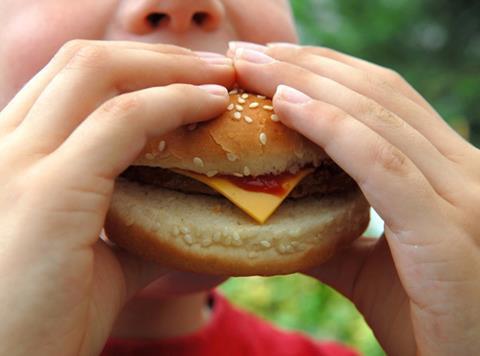
Public Health England is foundering in its efforts to extend the war on sugar into the out-of-home sector, a new document has revealed.
With days to go before PHE is due to release sugar reduction targets across nine categories, The Grocer has seen a report from a meeting PHE held with OOH companies revealing it met a wall of silence from many businesses unwilling to provide sales and nutrition data about their top-selling products.
The document reveals PHE now looks set to miss the key first landmark in the government’s Childhood Obesity Plan, because it will be unable to show whether the OOH sector has achieved the desired 5% reduction in sugar in the first year.
But far from “naming and shaming” OOH operators whose products are full of sugar, PHE is so desperate for them to come forward with nutritional information it has offered to sign up to confidentiality agreements so they would remain anonymous.
“PHE confirmed that it is happy to look at and sign confidentially agreements,” it says. “It was clarified that there is no intention to name companies in the baseline reports.”
The document went on to say: “PHE acknowledged that it will be difficult to capture progress against the 5% target in the first year,” reveals the document.
It says it had to rely on “taking what is available from company websites and also utilising the limited data that has been provided by businesses,” it adds.
The body made “repeated requests to individual companies and trade bodies to supply data to inform the baseline figures”, but met great reluctance.
“It was highlighted that there is concern among catering companies about how they will appear in any published progress report and this is likely to be preventing companies from sharing data with PHE.”
The FDF this week called for new government cash to help companies meet “impossible” sugar reduction targets. Speaking at an event with Leatherhead Food Research, Tim Rycroft, corporate Affairs Director, said: “We have said consistently that a 20% sugar reduction by 2020 across all foods covered won’t be technically possible or acceptable to UK consumers.
“We believe that Government working in collaboration with trade bodies, companies, research bodies and others can help enable solutions to help companies to deliver under the Programme. This could include increased funding for research or additional open access technical guidance for small to medium sized companies.”
PHE has been trying to get data about what the top-selling products are in OOH but “currently no one is willing to provide that information” the document reveals.
“The result is that a guideline figure to help businesses achieve the 5% and 20% reduction across categories may be set too low and therefore be unachievable.”
Last week Nestlé chairman and CEO Dame Fiona Kendrick told The Grocer it was time for ministers to consider turning to regulation to ensure a “level playing field” between the in-home and the “fragmented” OOH sector. The BRC has long claimed government efforts on reformulation were doomed to failure unless they included mandatory targets across all sectors including OOH.
One suppliers source added: “The government has consistently said that it will ensure that the OOH sector is very much part of its plans but if that turns out to be a load of hot air - and it looks like there are going to be gaps when it comes to this sector in the targets - then suppliers will grow anxious.”
The government’s Childhood Obesity Plan states: “All sectors of the food and drinks industry will be challenged to reduce overall sugar across a range of products that contribute to children’s sugar intakes by at least 20% by 2020, including a 5% reduction in year one.”



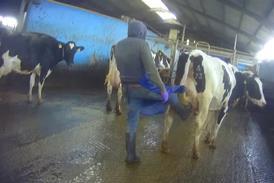



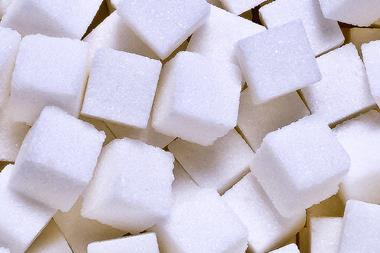
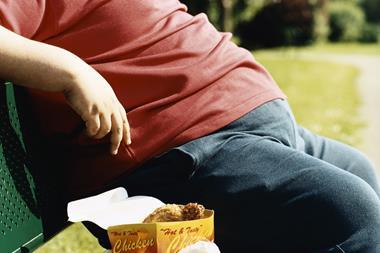
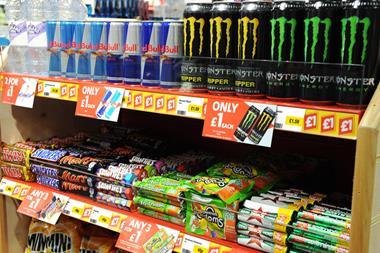

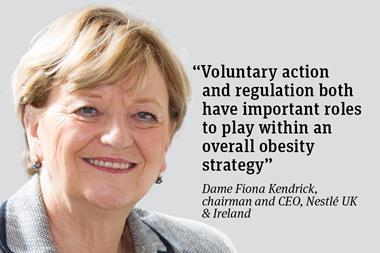
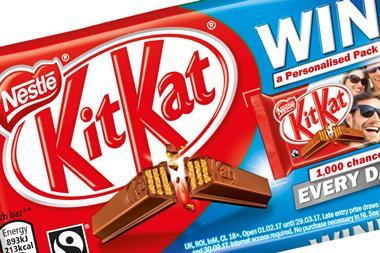
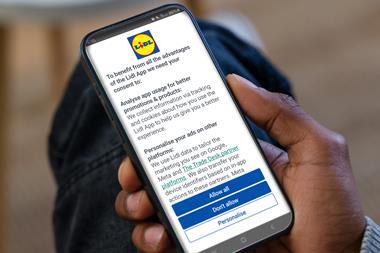


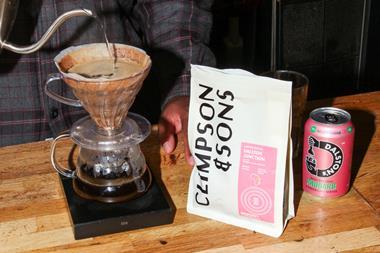

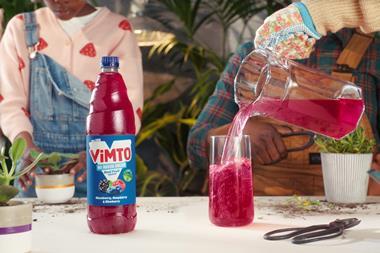
No comments yet